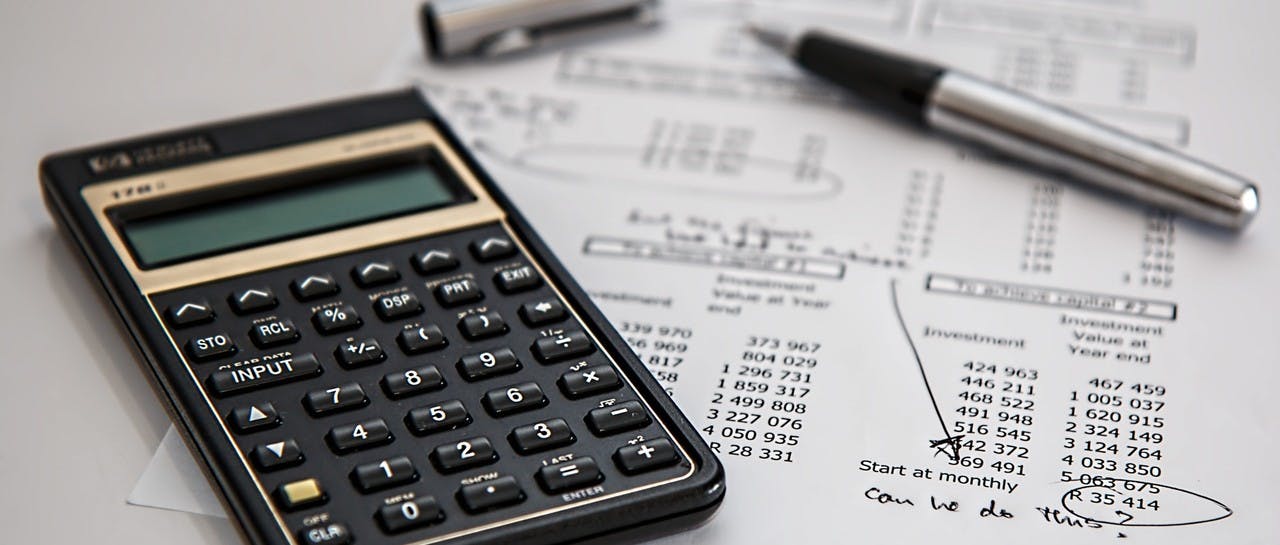Determining taxable income for purposes of meeting the required withholding and/or quarterly estimated tax payments keeps getting more complex and conceivably be even more difficult with the nuances of the 2017 tax act. What’s worse – underpayment penalties are assessed.
But there are options and strategies to avoid underpayment penalties.
The first option is simply to make estimates based on how you receive income. Unfortunately, this is easily said and is often difficult to accomplish. Therefore, the following situations can help avoid such penalties:
- A balance due after federal withholding is less than $1,000. With proper tax planning this situation may be accomplished.
- Prior year tax liability is zero. Given that you are a U.S. citizen and a resident for the entire year, underpayment penalties will generally not be assessed.
- Exception 1. Depending on the level of adjusted gross income withholding coupled with timely estimated tax payments which are equal to or greater than 110% of the prior year tax liability will meet the requirements of this exception.
- Exception 2. In this case the taxpayer paid through withholding and or timely estimated tax payments an amount equal to 90% of the current year tax.
- Exception 3. The third exception is known as the Annualization Method. Under this method 90% of the current year tax is computed based on the annualization of actual year to date income by quarter.

One of the lesser known features of the safe-harbor is the ability to use anyone of the safe harbor and taxpayers can use whichever one works on any given quarter with just a few caveats.
With so many changes coming in 2018 mostly from the new tax act it will be vital to ensure that withholdings and estimated tax payments meet one of the exceptions noted. Remember underpayment penalties can be substantial.


